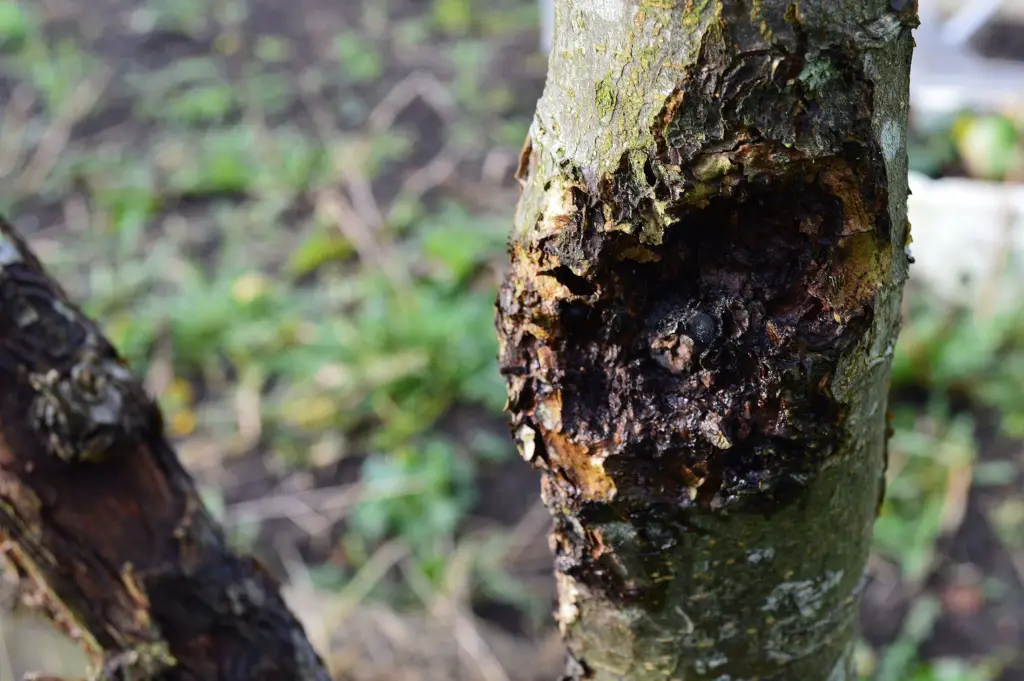In the world of trees and landscaping, there comes a time when we must make the difficult decision of when to remove a declining tree. At Hagan & Sons, we understand the profound significance of trees, both for their beauty and the many benefits they offer to our environment. However, as stewards of nature, we also recognize that there are moments when a tree’s declining health necessitates removal. We wanted to take some time today to talk about when exactly a dying tree should be removed.

The Signs of Decline
The first step in deciding whether to remove a tree is to recognize the signs of decline. Trees, like any living organisms, go through natural processes of growth and aging. However, there are specific indicators that can help you determine if a tree is indeed dying. Some of these signs include:
Leaf Abnormalities: If you notice an unusual amount of dead, discolored, or stunted leaves on your tree, this may be a sign of decline. The foliage is a vital indicator of a tree’s overall health.
Bark Damage: Trees with extensive bark damage, such as deep cracks or peeling bark, are more vulnerable to diseases and pests. Such issues can compromise the tree’s structural integrity.
Fungal Growth: The presence of mushrooms or other fungi at the base of the tree could indicate a significant root problem. Fungi can weaken a tree’s foundation and contribute to its decline.
Decay and Hollowing: If you notice decay or hollow areas in the trunk or branches, it’s a clear sign of internal issues. These structural problems can pose a hazard.
Dead Branches: Dead branches, also known as deadwood, can fall off unexpectedly, posing a danger to people and property. Regular inspection is crucial to identify and address deadwood promptly.
Safety Concerns
The safety of your property and those who inhabit it is paramount. Dying trees can become hazardous, and it’s crucial to address these issues promptly. Falling branches or even the entire tree can cause damage to your home, vehicles, or injure people. By removing a dying tree before it becomes a safety risk, you can prevent accidents and costly repairs.
Environmental Considerations
As responsible stewards of the environment, we must consider the ecological impact of tree removal. Removing a tree should always be the last resort. Healthy trees play a vital role in carbon sequestration, air purification, and providing habitats for wildlife. If a tree can be saved through treatments or pruning, it is a more environmentally friendly option. We encourage our clients to consider alternatives to removal when possible.
Consult with an Experienced Maryland Tree Removal Specialist
At Hagan & Sons, we understand the profound importance of trees in our environment and your landscaping. If you find yourself faced with this challenging decision, our team is here to provide professional guidance and services to ensure that your landscape remains healthy, safe, and beautiful. Remember, when it comes to tree care, Hagan & Sons is here to serve your needs.
